Some Of My All-Time Favorite Grilling Tips
Either you love to grill, or you hate it. There is no in-between. I love to grill, but I only sometimes follow my guidelines, so I mess up. I compare it to day trading, something I tried a few years ago with some success but failed because I needed to follow the rules.
There are some simple rules to grilling that by following; you have a better chance of success than if you throw a piece of meat or fish on the barbecue. There are many different grilling techniques depending on what you are cooking and what you are cooking on, but I will mention some of the basics.
I receive many emails from home cooks who complain they tried grilling a piece of swordfish or a New York strip steak, and the results were different from what they expected. So they say, “Why can’t I grill a piece of fish as they do at (insert your favorite restaurant)?”
The answer is simple. You don’t grill every day, six days a week. In a restaurant, the jobs are specialized, so all one cook may do all day and night is the grill. They may grill 50 to 150 items a night, day after day. I promise if you grill one item daily for a few weeks, you will become a great griller at home.
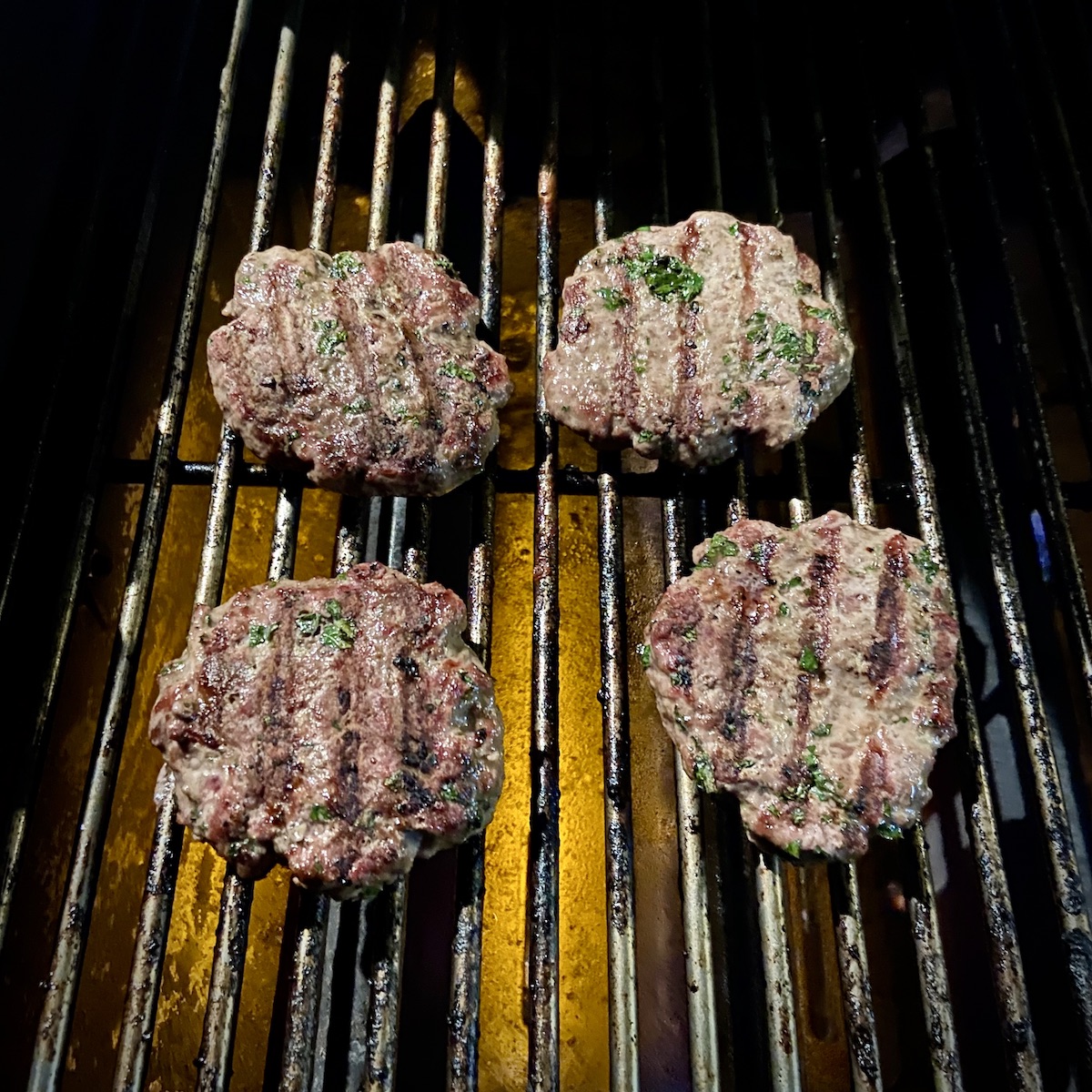
Here are a few tips to help you fire up your grill next time.
Numero Uno! When it comes to grilling, ensure the grill is clean. There’s nothing worse than grilling a beautiful Filet Mignon and having it taste like red snapper. Removing all the residue with a wire brush is done right after cooking, while the grate is hot.
Preheat your grill. Home cooks often make one of the biggest mistakes when grilling: not getting the grill hot enough. This is especially true with gas grills.
Unfortunately, many of us, especially with gas grills, wait until right before we start cooking before turning on the heat. Mistake. One of the conveniences of cooking with gas is that you don’t have to wait for the coals to get hot, but more often than not, we start cooking before the grate is hot enough.
Therefore, you may have to let a gas grill preheat for 10 to 15 minutes. And be sure to have a spray water bottle on hand in case of flare-ups.
Get to know your grill. Just like your sauté pans, grills have hot spots and cool spots. You want to learn where on the grill items are more likely to burn and where other items may not cook at all.
Prep your ingredients. Trim the fat off the meat, apply your rubs, and ensure all your vegetables are cut to the correct size and ready to go. You want to avoid getting to the grill and being pulled away to prep.
If you’re grilling up a steak, you might want to cut off any excess fat and season it with some salt before you start. However, you may want to pre-cook the chicken in the microwave or oven to reduce cooking time and give you more control over browning.
With fish fillets, I like to place them in a ziplock bag with a bit of olive oil and herbs, but you can also prepare a glaze to coat them just before grilling. But, again, remember to bring items to room temperature before grilling.
Also, pat dry the meat, chicken, or fish before grilling so the marinade doesn’t cause flare-ups. Barbecue sauce is used to baste what you are grilling, and although commercial barbecue sauces are a big business, the essential ingredients are tomatoes, vinegar, onion, mustard, and brown sugar. So experiment and create your special sauce.
Marinades. Marinades are great for adding flavor to your grilling. However, could you check your cookbooks to determine which marinades work best with your ingredients?
The longer you marinate with most ingredients, the better. However, it’s best to marinate overnight in the refrigerator and if you use it for basting, make sure you boil it first to kill any bacteria that may be present.
Timing. The most frequent questions are, “How long do you cook it for?” and “How can you tell when it’s done?”
Although every cookbook you pick up provides guidelines for each ingredient, it ultimately comes down to experience and touch. You should follow your favorite cookbook guides to grilling, but start touching the food at different intervals to get a feel for firmness and texture.
For example, as a general rule, I cook a one ½-inch New York Strip steak for ten minutes. I start by grilling for 2 ½ minutes, then turning it 90 degrees and cooking for another 2 ½ minutes, flip the steak over to its other side and repeat the process, thus giving the steak the classic grill marks.
At the same time, I test the steak with my finger to feel for various degrees of firmness. For example, medium-cooked feels like touching your cheek. If you want to get specific, you can use an instant thermometer.
For steak, 115º – 120º is rare, 125º-130º is medium rare, and 135º – 140º is medium.
Don’t forget, the meat will continue to cook once you remove it from the grill to rest, so you may want to remove it before hitting your target temperature so you don’t overcook it.
Stay focused. The second biggest mistake I make when grilling is walking away from the grill to do something else.
It may be getting another dish ready, pouring wine, or talking with friends, but this is always when I need to correct things. Once you start grilling, stay with it and pay attention. You don’t want to ruin expensive meat for a refill.
Practice, practice, practice. The more you grill, the better you know when something is done and ready to serve. There are many timing tricks, but the bottom line is to experience and get a feel for the food.
UPDATE JULY 2023
Some More Grilling Tips and Questions Answered
When to Add Barbecue Sauce?
There are a few different approaches to adding barbecue sauce when grilling. Here are a few options:
During the last 10-15 minutes of grilling: This is a good option if you want to add a layer of flavor to your grilled meat without it becoming too overpowering.
As a marinade, You can also use barbecue sauce as a marinade before grilling. Simply mix the sauce with some oil and your choice of herbs and spices, and then coat the meat with the mixture before grilling.
As a finishing glaze: Another option is to brush barbecue sauce onto the meat during the last few minutes of grilling, or just before serving, to create a glossy, flavorful glaze.
Regardless of which method you choose, be sure to use a sauce that is well-balanced and not too sweet or overpowering, so that it complements the meat’s natural flavor rather than overwhelming it.
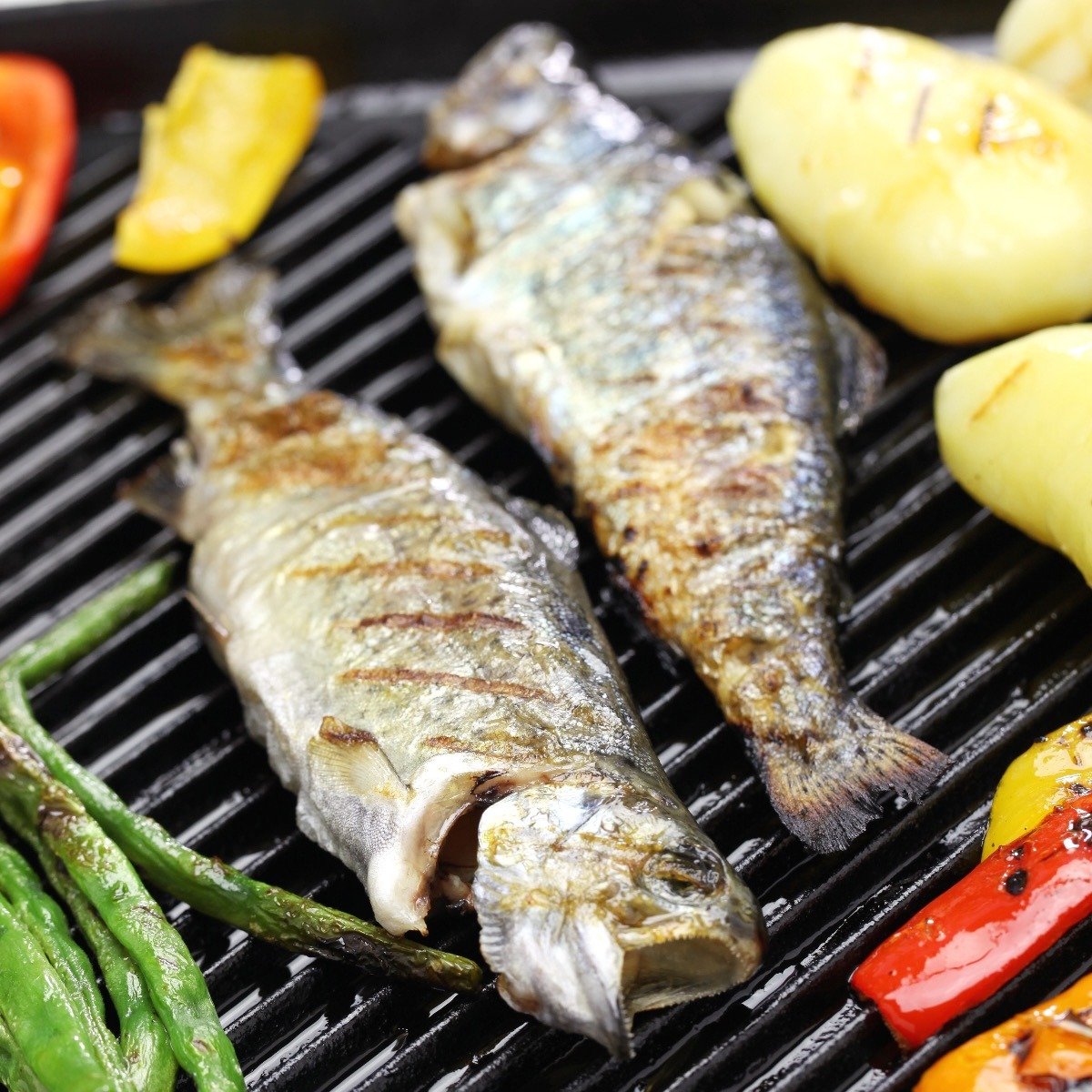
Gas or Charcoal?
There are pros and cons to both gas grills and charcoal grills. Here are a few things to consider when deciding which type of grill to use:
Convenience: Gas grills are generally more convenient to use than charcoal grills. They heat up quickly, ignite easily, and have a built-in temperature control system. Charcoal grills, on the other hand, take longer to heat up and require more effort to get started.
Flavor: Some people believe that food grilled on a charcoal grill has a more authentic, smoky flavor than food grilled on a gas grill. This is because the charcoal itself imparts a subtle smoky flavor to the food. Gas grills, on the other hand, do not have this ability.
Maintenance: Gas grills require less maintenance than charcoal grills. You will need to replace the gas tanks periodically; otherwise, they require very little maintenance. Charcoal grills, on the other hand, require more frequent cleaning and removal of ash.
Ultimately, deciding which type of grill to use depends on your preferences and needs.
To Flip or Not to Flip?
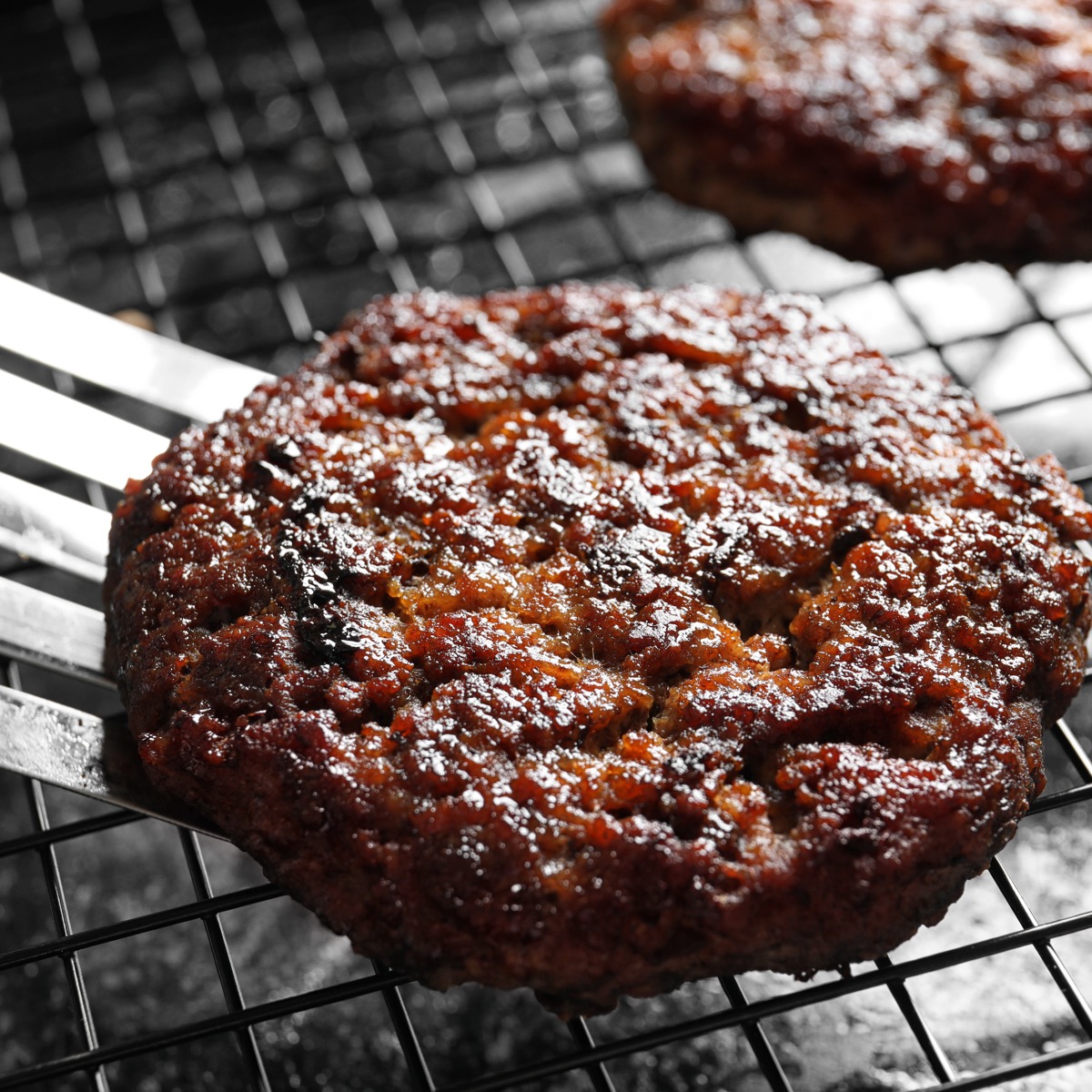
It is generally recommended to flip food while grilling, as this allows the food to cook evenly on both sides. Flipping also helps to prevent the food from burning or drying out on one side.
However, there are a few exceptions to this rule. For example, if you are grilling delicate foods such as fish or vegetables, you may want to avoid flipping them too often to prevent them from falling apart on the grill.
In these cases, it is usually best to grill the food on one side until it is cooked to your desired level of doneness, then carefully remove it.
It is also generally recommended to flip larger cuts of meat, such as steaks or roasts, only once or twice while grilling.
What About Heat?
The appropriate heat for grilling will depend on the type of food you are cooking. Here are some general guidelines:
- Low heat: Low heat (around 250-275°F) is best for slow-cooking larger cuts of meat, such as roasts or whole chickens. It is also good for delicate foods that are prone to drying out or falling apart, such as fish or vegetables.
- Medium heat: Medium heat (around 300°-350°F) is good for most grilling purposes. It is high enough to cook food quickly, but not so high that it will burn or dry out.
- High heat: High heat (375°-450°F) is best for searing meat or cooking thin cuts that don’t require much time to cook. It is also good for grilling small, quick-cooking items such as burgers or hot dogs.
Keep in mind that these are general guidelines, and the actual heat of your grill may vary depending on factors such as the size and type of grill, the type of fuel used, and weather conditions.
It’s always a good idea to use a meat thermometer to ensure your food is cooked to the proper temperature.
Wet Marinades or Dry Rubs?
A marinade is a liquid mixture of oil, acid (such as vinegar or citrus juice), and seasonings that is used to flavor and tenderize meat, poultry, or seafood. It is usually applied to the food and allowed to sit for a while (anything from a few hours to a few days) before cooking.
A dry rub, on the other hand, is a mixture of dry seasonings (such as herbs, spices, and salt) that is applied to the surface of the food before cooking. It adds flavor and creates a flavorful crust on the outside of the food.
Both marinades and dry rubs are used to add flavor to food, but they work in slightly different ways. Marinades are ideal for tenderizing and adding flavor to foods that tend to dry out, such as chicken breasts or lean cuts of pork. Dry rubs are better for adding flavor to foods that are already tender, such as ribs or steak, and for creating a flavorful crust outside the food.
Generally, it is a good idea to use a marinade for foods grilled or cooked quickly at high heat, and a dry rub for foods cooked slowly at low heat.
However, these are just general guidelines, and you can use either a marinade or a dry rub (or a combination of both) depending on your personal preferences and the type of food you are cooking.
Cover On or Cover Off?
The decision of whether to grill with the cover on or off will depend on a few factors, including the type of food you are cooking, the type of grill you are using, and your desired level of doneness. Here are a few general guidelines:
Cover on: Grilling with the cover on is ideal for cooking larger cuts of meat, such as roasts or whole chickens, which require longer cooking times. The cover helps to trap heat and moisture, which can help to cook the meat more evenly and prevent it from drying out. It is also suitable for grilling delicate foods that are prone to falling apart, such as fish or vegetables.
Cover off: Grilling with the cover off is ideal for searing meat or cooking thin cuts that don’t require a long cooking time. It is also good for grilling small, quick-cooking items such as burgers or hot dogs. Grilling with the cover off allows the food to be exposed to direct heat, which helps create a flavorful crust on the outside.
Keep in mind that these are general guidelines, and the actual cooking time and level of doneness will depend on factors such as the size and type of grill, the type of fuel being used, and prevailing weather conditions. It is always a good idea to use a meat thermometer to ensure that your food is cooked to the proper temperature.

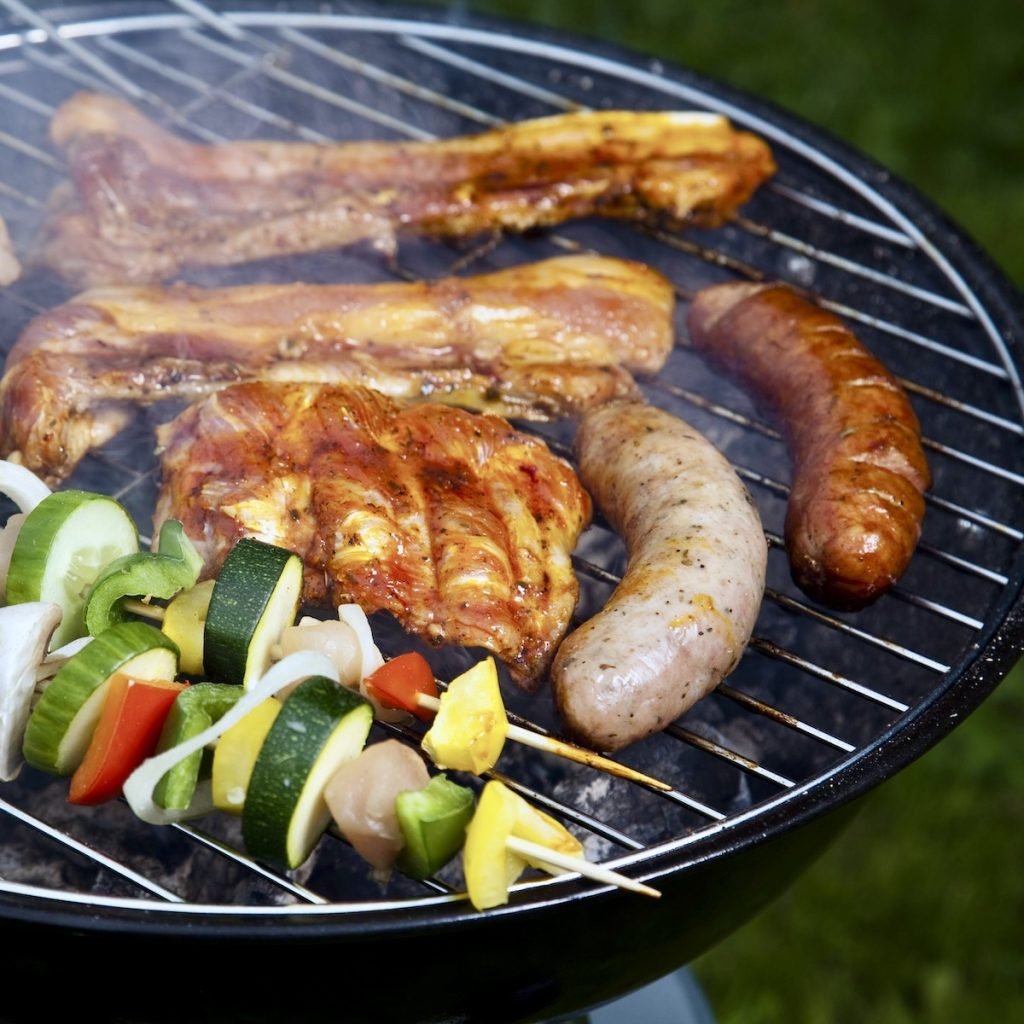
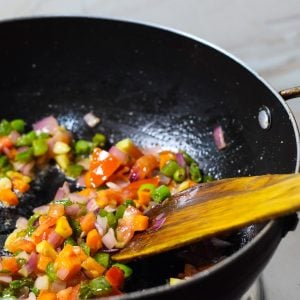
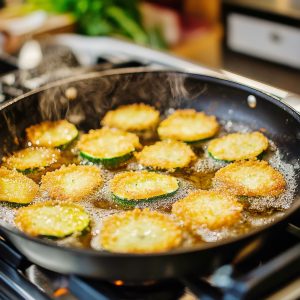
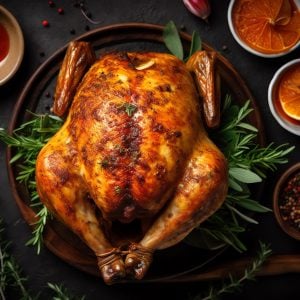
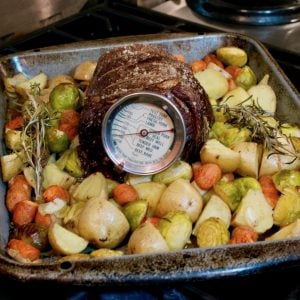
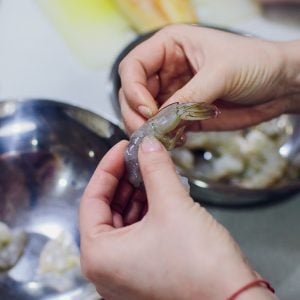
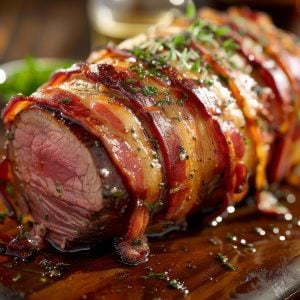
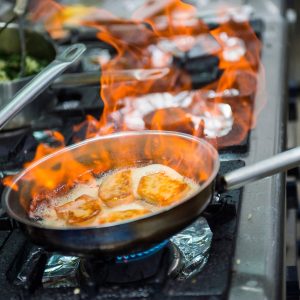
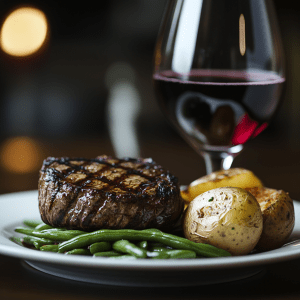



10 Responses
I love to grill as it is an easy, low-fat, flavorsome way of cooking. Something the George Foreman of this world will never be able to recreate. However, I just purchased a new heavy-based skillet. I seasoned as per the instructions, which was basically coat in vegetable oil, then bake in a 200c oven for 1 hour, then allow to cool in the oven. I did this, but I now have a skillet with oil burnt into it. No amount of scrubbing with a light scourer, hot water, and detergent will move the persistent grease.
Have I killed this new skillet, or is there a way to get it clean?
Your Heavy Skillet Problem….
Try heating it up again at about 200c.
But take it out and wipe it down with paper towels or whatever you have. The old grease should soften up
enough to accomplish this. I had to go through the same procedure…now I use the pan every day.
If it is pure cast iron, you can do what we do to re-season cast iron skillets. Next time you have a bonfire, throw the skillet into the fire. The heat from the fire will “cook” out the seasoned oil. Take the skillet back to the kitchen the next day when the fire has gone out and clean and try seasoning it again. This sounds like a crazy idea, but it works wonderfully.
Try the folllowing web site for instructions on seasoning and care of cast iron.
http://www.lodgemfg.com/usecare1.asp
Why in God’ green earth would you want to remove the seasoning from your cast iron? If you have a skanky cast iron pan scour it with salt (no soap ever!!) coat with oil (veg oil, canola oil, peanut oil, something with a high smoke point) and pop that sucker in the oven.
When you clean the thing after cooking do not use soap and be sure to DRY the thing lest it rust
Also what does a cast iron pan have to do with grilling?
I have a wonderful wood grill I shipped to New England from Texas. It is thick steel. Slow cooking is the secret. Keep it less than 300 degrees and away from the fire. Juicy and tender is the result. Roasts, ribs, chicken, whatever. Philip
Indirect cooking is the best way to do things such as chicken breast, especially with a covered grill (like a Weber). Once the coals are ready, divide them in half, and place a rectangular disposable aluminum (foil) drip pan in the center. Place the chicken over the drip pan, and cook for the usual required time. The chicken will not be charred, but will be well cooked. Works like a champ!
Have you tried plank grilling? Buy any UNTREATED plank at the lumber yard/Home Depot. We keep 12″ cedar fence planks on hand. Cut a piece large enough for your meat, fish or wheel of Brie. Soak in water, several hours to all day. Place food on plank & take to the grill. Yes, the plank burns up. The food absorbs the fragrance from the wood.
We do salmon with a crab topping or make a homemade salsa to top the Brie. Proscuitto wrapped asparagus is also wonderful.
The cookbook that started us is “Sticks & Stones”. It has recipes using washed pine needles!
Grill Corn on the cob, smothered in Anchovy Paste – it is F-A-B-U-L-O-U-S! Salty and very, very tasty!
If you have a V-Rack for your roasting pan, you can turn it upside down and use it for a rib rack when grilling.